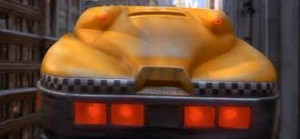On October 23, in the Speaking class, we first got our test scores back and then we start to talk about the visual aid. There are few important things we need to concern when we doing a visual aid or powepoint for our project. First, on PowerPoint, we should not distract the audience; and tip to keep the audiences’ attention off the screen is to show them a blank slide. The second thing is about how you choose your pictures, we should not choose a pictures that’ve is too busy, which means not too many things on the same picture, because the audiences cannot get the information from it. It is bad if you cannot send your message to the audiences. And the third thing we need to keep in mind is to show where your source come from, to make youspeech more creditable. The last thing is try not to use the completed sentences, but use short phase or word to send your message.
For morinformation and the example of effective Visalia aids, please visit:
https://openlab.citytech.cuny.edu/spe1330fall2011/resources/visual-aids/powerpoint-tutorial/







